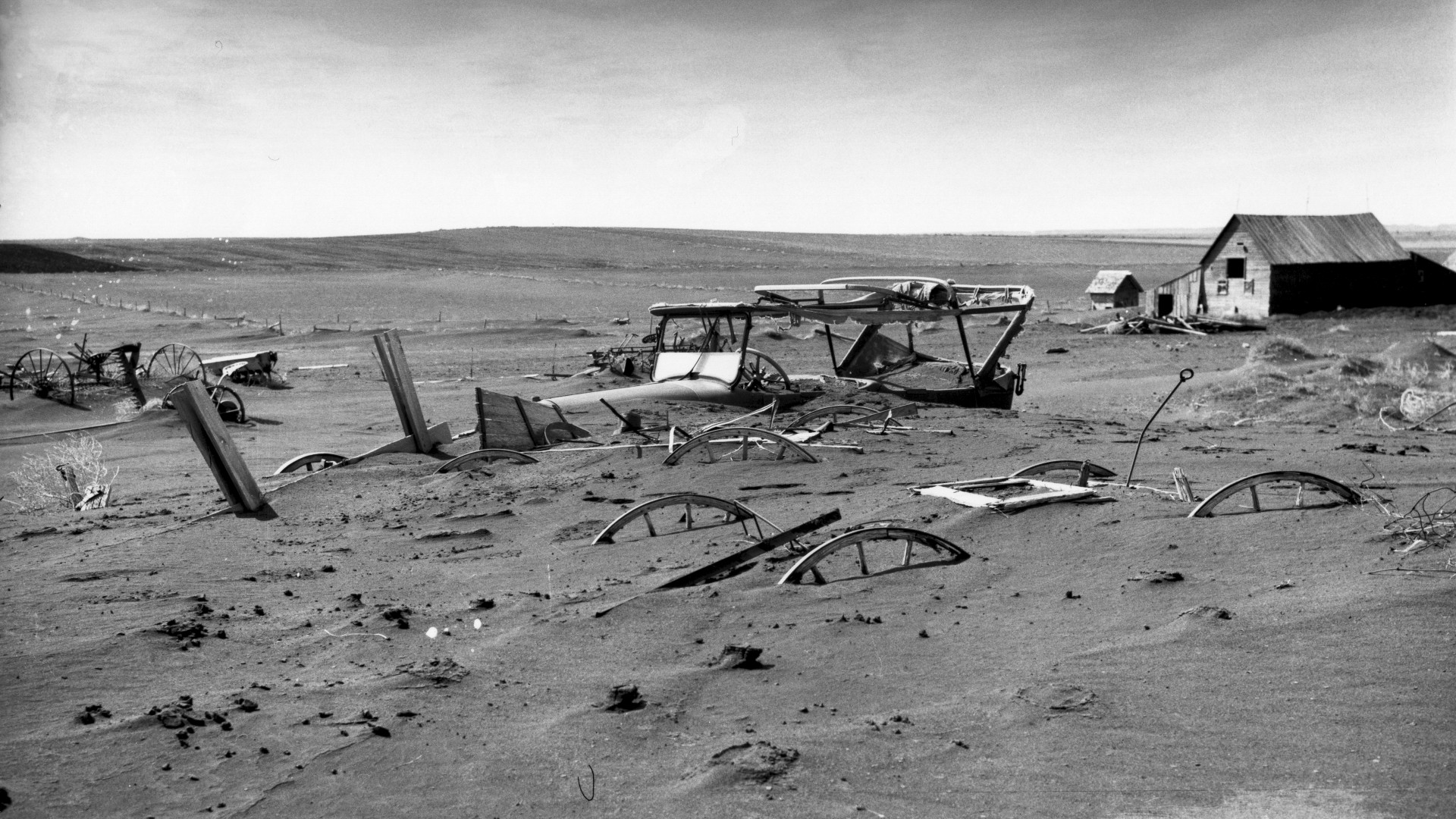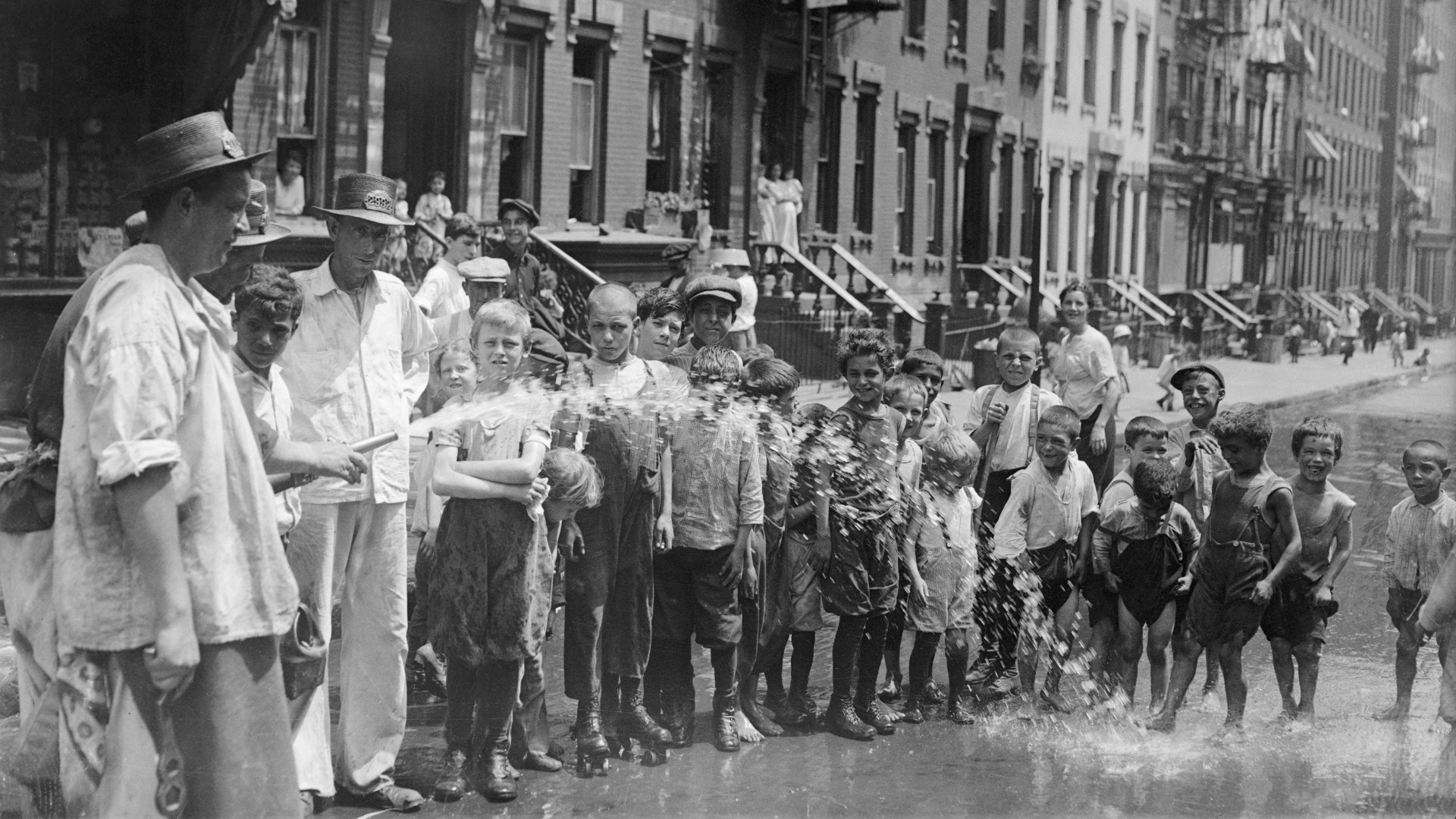Summer: The warmest season
Here are things you may not know about summer, the hottest season of the year.

Summer is the warmest season of the year, falling between spring and autumn. Temperatures over the period differ based upon the location on the Earth; regions near the equator are typically warmer than those lying near the poles. This is because, due to the curve of the Earth, these places receive the most sunlight, according to Pedagogy in Action. The areas around the Earth's poles also have ice, which reflect a lot of the sun's rays.
The summer equinox occurs when the sun passes directly above the equator because of the tilt of the Earth. When the seasons are based on the Earth's position in relation to the sun, it is called astronomical summer. In the Northern Hemisphere, astronomical summer happens on or around June 21. The North Pole is tilted at the greatest angle toward the sun at this time. In the Southern Hemisphere, summer occurs on or around Dec. 22, according to the National Oceanic and Atmospheric Administration (NOAA), when the South Pole is tilted toward the sun.
Astronomical summer runs from the summer solstice until the autumn equinox. The summer solstice is the day of the year in which the sun is up the longest, while the equinox occurs when night and day are approximately the same length.
There is another definition for summer, though. A meteorological season is defined as the 12 months of the year being divided up into four seasons with three months each, NOAA states. June, July and August are considered summer, north of the equator, and December, January and February are summer to the south. During these months, temperatures tend to be higher than over the rest of the year.
Weather problems during summer
Weather in the summer grows warmer, and in some areas, the heat translates to drier temperatures. This hot, dry time of year can lead to droughts, where water is in short supply. Heat waves, times of excessively hot weather that include spikes in temperature, can also occur during the summer. Both can create a number of problems for people and wildlife.
However, in many tropical regions, summer is the time of the "wet season," which is defined as a month where average precipitation is 60 millimeters (2.4 inches) or more, according to The British Geographer . Vegetative growth increases during this time period. If winds are changing, the increased rainfall can also usher in monsoon season, a time of violent rainy storms.
Avoid dehydration
Many deaths during summer are caused by dehydration, especially during heat waves. The Centers for Disease Control and Prevention (CDC) has found that heat waves are the deadliest extreme weather events in the United States. Staying hydrated is especially important when temperatures soar. A Huffington Post article quoted registered dietician and nutritionist Luaren Minchen as saying that “The exact amounts [of water] vary person to person, but 2 to 4 liters for active adults is a general target range to aim for to stay adequately hydrated". ). People doing vigorous exercise should drink even more.
Get the world’s most fascinating discoveries delivered straight to your inbox.
The worst summers in history

The excessive temperatures and dry weather often associated with summer, as well as the violent monsoons, often causes rising death tolls.
In London, 1858, temperature wasn't the only unbearable problem for the city of London in the summer of 1858. Water closets had become the new rage, and much of the raw sewage made its way to the Thames River. When the heat spiked, the stench blanketed the city. The noxious odor was only the beginning; many still drank from the river, and thousands died from diseases. In 1865, a newly designed sewer system helped prevent a repeat of the stinky summer, according to The History Channel.
Between 1923 and 1924, the town of Marble Bar in Western Australia set a world record when the 160 days between Oct. 31, 1923, and April 7, 1924, reached temperatures above 100 degrees Fahrenheit (37.7 Celsius), according to the Australian Broadcasting Commission.
Coming on the tail end of the Great Depression, the 1930s saw several years of drought and dust storms across the central United States called the Dust Bowl, 1930s. The initial drought turned farmers' fields into dust that blew across the country, occasionally traveling all the way to the Atlantic Ocean. In 1936, heat waves added to discomfort, with Yuma, Arizona, experiencing 101 consistent days of temperatures over 100 degrees F (37.7 C).
In the Chicago heat wave of 1995, approximately 739 people died over the course of five days when the temperature hit 106 F (41 C) in July 1995, according to the University of Chicago Press. Excessive humidity caused temperatures to seem higher than 120. As more and more people cranked up the air conditioner, power grids reached their maximum capacity and burned out. This created even more problems for hospitals struggling with the increased patient load.
In July and August, 2003, rising temperatures in Europe claimed more than 70,000 lives, according to an article in the journal Comptes Rendus Biologies. Temperatures climbed over 100 degrees, and were later determined to be higher than any summer since A.D. 1500. The high death toll makes this the most fatal heat wave in recorded history.
The world's second deadliest heat wave occurred only a few years later in Russia. With a high of 111 F (43.9 C), the excessive heat also sparked the worst drought in 130 years and fires across the country. Approximately 56,000 people died over the course of three weeks, many of them from drowning after swimming in unsafe locations or while intoxicated.
According to The Independent, the India's second deadliest heat wave occurred in India in April and May of 2015. It resulted in over 2,000 deaths from temperatures ranging 113F (45C) to 116.6F (47C), which is about 37.4 F (3C) to 44.6F (7C) higher than normal.
The hottest summer on record

2014 had the hottest summer on record, according to NOAA's National Climatic Data Center. Extreme heat waves may become the norm in many areas. Most scientists agree that global heat records are being broken due to human created global warming, according to NASA. However, rising temperatures won't make the world a summer-like place at all times of the year.
"There will always be seasons, and the weather will always fluctuate from day to day, month to month, and year to year," Adam Sobel, Columbia professor, atmospheric scientist and author of "Storm Surge" (Harper Wave, 2014), told Live Science. "Global warming won't change that; it will just make all the seasons a little warmer, on average, than they would have been otherwise."
The history of summer and the U.S. road trip
Summer is road trip time. Hundreds of thousands of families and friends take advantage of sunny, warm weather and hit the road, heading for beaches and lakes, national parks and reserves. "Utilizing the summer as time away, listening to music, watching the scenery go by, we reenergize. Road trips are about reconnecting with family, friends and ourselves. People’s fondest memories about childhood are usually linked to summers, vacation and family road trips," Talia Wagner, a Los Angeles based marriage and family therapist told Live Science.
The summer road trip is deeply rooted in American culture. It began in the aftermath of World War II, American society experienced many changes to everyday living. At roughly the same time that the infrastructure of roads and highways underwent increased development and improvements, cars became more affordable and attainable to the average family. This culmination fueled the popularity of the summer road trip, explained Wagner.
"Road trips came to symbolize freedom and independence, values that Americans hold dear. It is no wonder then that every summer, when children are out of school and the rising heat makes us restless, people start thinking about vacations," said Wagner.
Additional resources
To discover more about the worst heat waves in history, try this article from The Telegraph. Or you can read The Farmer's Almanac exploration of the first day of summer 2022.
Bibliography
- Pedagogy in Action
- National Oceanic and Atmospheric Administration (NOAA)
- The British Geographer
- Centers for Disease Control and Prevention (CDC)
- Kristen Adaway "You're Definitely Not Drinking Enough Water This Summer" Huffington Post, 2018
- Heatwaves Throughout History - History Channel
- Australian Broadcasting Commission
- University of Chicago Press
- Comptes Rendus Biologies
- Ben Tufft: "Extreme temperatures kill more than 2,000 people in India's second deadliest heat wave" The Independent, 2015
- NOAA's National Climatic Data Center
- Scientific Consensus: Earth's Climate is Warming

Nola Taylor Tillman is a contributing writer for Live Science and Space.com. She loves all things space and astronomy-related, and enjoys the opportunity to learn more. She has a Bachelor’s degree in English and Astrophysics from Agnes Scott college and served as an intern at Sky & Telescope magazine. In her free time, she homeschools her four children.
- Alina BradfordLive Science Contributor
